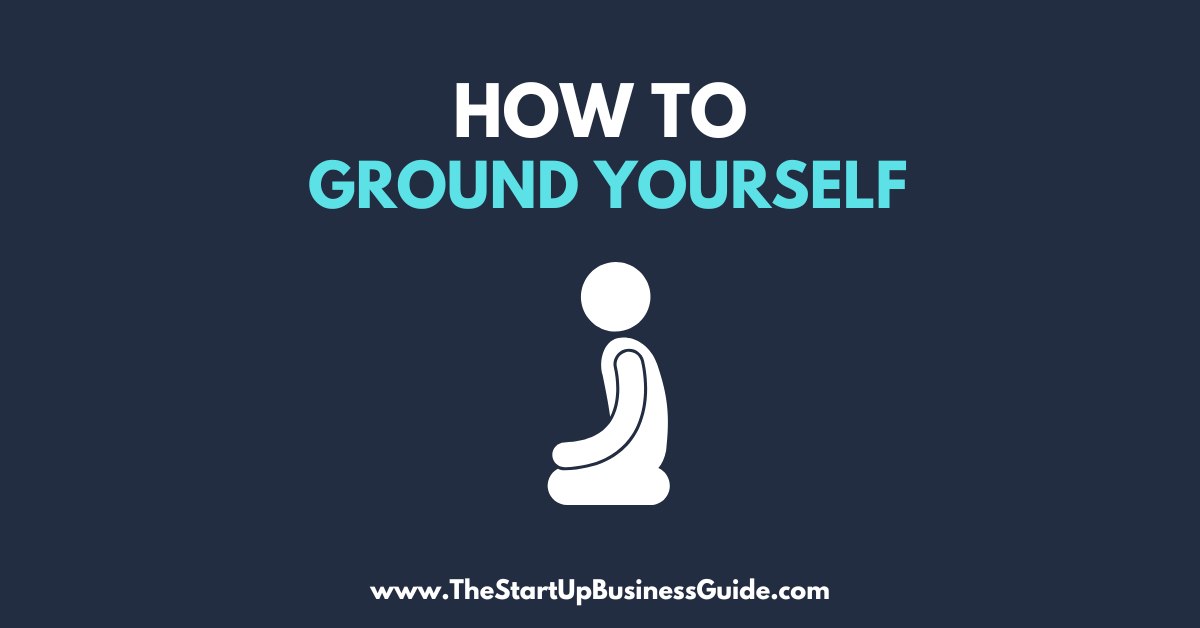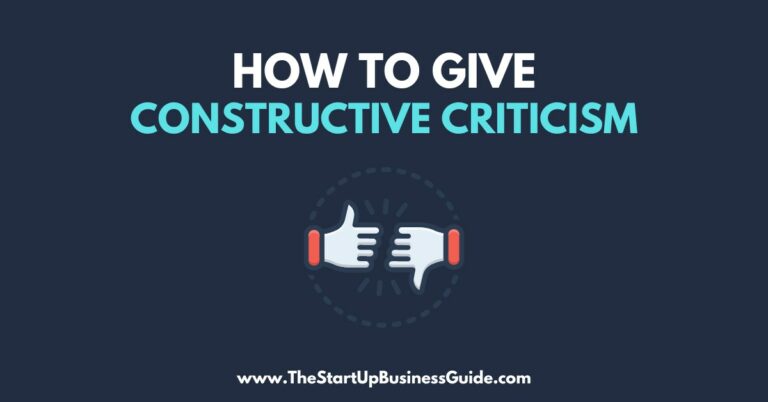How to Ground Yourself

Grounding, also known as earthing, is the practice of connecting with the earth’s natural energy.
This can be done through physical contact with the earth, such as walking barefoot on the grass or sitting on the ground.
Grounding has been shown to have a variety of health benefits, including reducing inflammation, improving sleep, and reducing stress.
As a business expert, consultant or a writer, it is important to have a good understanding of the science behind grounding and how it can be incorporated into daily life.
In this article, we will explore the science behind grounding, different grounding techniques, and ways to make grounding a regular practice.
Understanding the Science of Grounding
The earth has a natural electrical charge, and our bodies also have an electrical system.
When we come into contact with the earth, the electrical charge of our bodies can become balanced with the earth’s charge. This is known as “earthing” or “grounding.”
Recent scientific research has shown that grounding can have a variety of health benefits.
Studies have found that grounding can reduce inflammation, improve sleep, and reduce stress.
Grounding has also been shown to improve heart rate variability, which is a measure of the balance between the sympathetic and parasympathetic nervous systems.
Grounding Techniques
There are several ways to connect with the earth’s natural energy and ground yourself. Some of the most common methods include:
- Walking barefoot on the earth: Walking barefoot on the grass, dirt, or sand allows for direct contact with the earth’s energy.
- Sitting or laying on the ground: Sitting or laying on the grass, dirt, or sand can also provide grounding benefits.
- Using a grounding mat or sheet: Grounding mats and sheets are designed to be placed on top of a surface and provide grounding benefits through conductive materials.
- Swimming or bathing in natural bodies of water: Swimming or bathing in natural bodies of water like oceans, lakes, or rivers can also provide grounding benefits.
Incorporating Grounding into Daily Life
Making grounding a regular practice can be challenging, but there are several ways to incorporate it into daily life.
- Schedule time for grounding: Set aside time each day to walk barefoot, sit or lay on the ground, or use a grounding mat.
- Incorporate grounding into your routine: Grounding can be incorporated into daily routines by taking a walk barefoot before or after work or during lunch break, or by sitting or laying on the ground for a few minutes during breaks.
- Make it a part of your work: If it is possible to work with your bare feet on the ground or use a grounding mat or sheet at your work.
Conclusion
Grounding, also known as earthing, is the practice of connecting with the earth’s natural energy.
This can be done through physical contact with the earth, such as walking barefoot on the grass or sitting on the ground.
Grounding has been shown to have a variety of health benefits, including reducing inflammation, improving sleep, and reducing stress.
Understanding the science behind grounding and incorporating it into daily life can become a regular practice that can improve overall health and well-being.
Remember, small steps taken every day, can lead to big changes in the long run.






